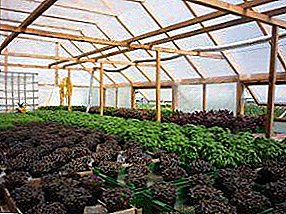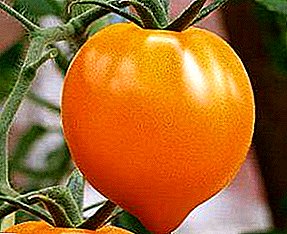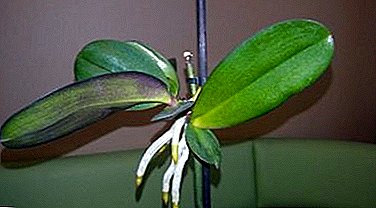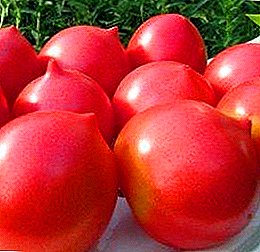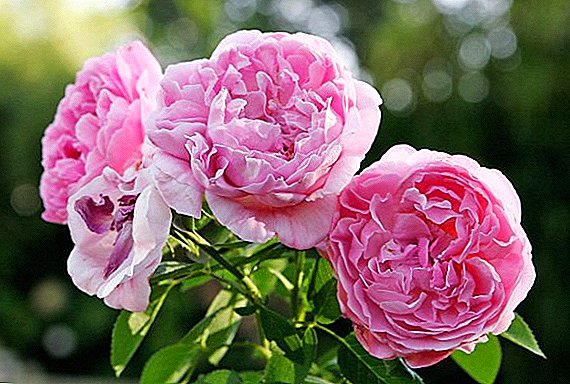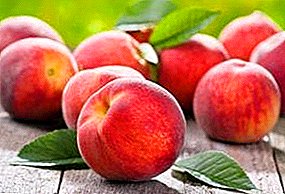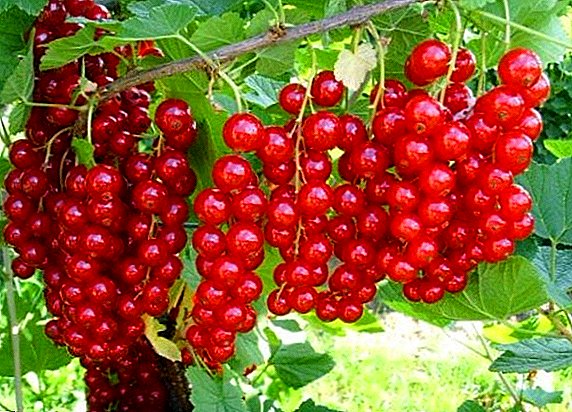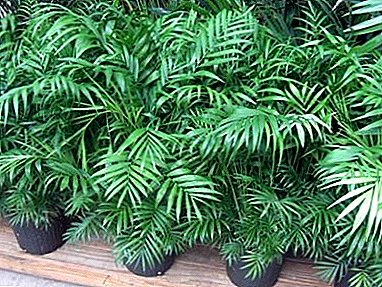
Hamedorea's Mexican bamboo palm is popular with indoor plants.
But if in natural habitat its growth is about 5 meters, then indoors it grows to 1.5 meters.
Hamedorea comes from arecaaceae, and is a rather bushy and not very tall plant with a thin trunk. Care for it requires a simple, but thorough.
Consider the main points about the Hamedorea palm: care at home, photos, reproduction, benefit and harm.
Home care
How to care for Hamedorea at home?
Features care after purchase
 The purchased plant is grown in special industrial conditions, very different from those in which Hamedorea will grow.
The purchased plant is grown in special industrial conditions, very different from those in which Hamedorea will grow.
Experts are responsible for the appearance and care, so the plants in the stores are always in excellent healthy shape.
After the palm is experiencing transportation and adaptation to other conditions. It is important to make this stage as comfortable as possible.
- The first thing to do is to inspect the plant for diseases and pests. It is unlikely that the shop Hamedorea will be infected or ill, but still it does not interfere with making sure.
- Do not replant the palm tree during the first month. For a plant, this will be an additional stress, and it can become seriously ill. An exception can be, only if the brought soil has traces of a mold.
- Palm should be provided from the very first days with optimal lighting, air humidity and comfortable temperature.
- Also, the first month after purchase, the plant does not need feeding.
Here you can watch a video about the features of buying and caring for bamboo palm at home.
Bloom
Depending on the subspecies of Hamedorea blooms yellow, orange and orange-red flowers. Flowering occurs regardless of the time of year.
How does Hamedorea bloom? Photo of a flowering houseplant.

Blooming Hamedorei: photos of flowers.

Lighting
Hamedorea prefers shaded areas and quite does not tolerate direct sunlight. The best place in the house will be close to the window on the west or east side. It also grows well in the shade.
A pot with a palm tree should rotate once every two weeks to form a symmetrical crown.
On summer days, the plant feels good in the fresh air, so it will be useful to take it out to the balcony or veranda. The main thing is to protect from direct sunlight.
Temperature
Hamedorea is very heat-loving plant. The optimum temperature for it is 17-30 ° C. If the soil in the pot drops below 15 ° C, the roots may begin to rot.
Palm does not tolerate drafts and sudden temperature changes. In winter, heating devices should not be too close to her.
Air humidity
 For Hamedorei high humidity is very importantotherwise its leaves begin to turn yellow and dry. To do this, it must be constantly sprayed with soft water in summer and springtime.
For Hamedorei high humidity is very importantotherwise its leaves begin to turn yellow and dry. To do this, it must be constantly sprayed with soft water in summer and springtime.
But do not do this in the winter, as this may trigger the development of fungal diseases.
In the heating seasonwhen the air becomes dry, you can put a small container of water next to the tub, in which the palm tree grows. You can also install a palm tree on a pallet with expanded clay, which you need to keep constantly wet.
Watering
When caring for this plant is important prevent excessive soil moisture. For normal and healthy growth, it is important to water when the land in the pot is completely dry. It is unacceptable to keep the soil of Hamedorei constantly wet. As a result, the leaves of the palm tree become yellow, and the stem at the base darkens.
Soil and soil
The most suitable substrate for Hamedorei is the soil mixture "Palma". The basis of soil for palm trees should be:
- Peat 1 part.
- Sand or perlite 1 part.
- Turf ground or clay 2 parts.
- Leaf humus 2 parts.
You can also add some charcoal. Sod ground should be thoroughly sterilized before filling the pot. This is best done in a microwave in cloth bags.
At the bottom of the pot you need to put the drainage in the form of fine expanded clay or brick chips.
Fertilizers
Ready-made fertilizers for palm or indoor plants are suitable for top dressing. You can use drugs for dracaena or any other, which include a complete list of minerals.
Of all the types of palm trees, this one needs additional nutrition more than others. Very well, Hamedorea perceives granulated dressings of prolonged exposure.
Pruning
This palm does not need special pruning of leaves to form a crown. She needs to remove dry and damaged leaves in time. This requires the following materials:
- Special garden shears.
- Isopropyl alcohol.
- Fungicides.
Pruner need sanitized with alcohol in order not to bring the infection to the site of the cut. After removing unnecessary leaves and stems, open wounds should be treated with a fungicidal agent.
Seasonal Care Calendar
March, April. Start of intense growth. Resumption of dressings, watering enhancement, transplanting.
May. With steady warm weather, a palm tree can be carried out into the air, and cleaned into the room at night.
June July. Intensive growth, reserve for the winter of nutrients. The implementation of abundant watering and feeding twice a month.
August. Continuing the application of mineral fertilizers.
September. A gradual decrease in the frequency of irrigation and fertilizing.
October. Palm goes smoothly into a state of rest. Watering infrequent.
Winter. Neat watering and termination of fertilizer before spring.
Transfer
 How to transplant Hamedorei? Hamedoreu transplanted if the palm roots have completely filled the pot space. This usually occurs within three years. The best time for transplanting is the beginning of spring.
How to transplant Hamedorei? Hamedoreu transplanted if the palm roots have completely filled the pot space. This usually occurs within three years. The best time for transplanting is the beginning of spring.
Immediately after purchase the plant better not to touch about a month. We need to give it to adapt to new conditions.
During the transplant it's important to keep a whole clod of earth around the roots. To do this, the plant must be carefully shed. Then, holding the ground with your hand on both sides of the trunk, carefully remove the palm tree.
A new pot is selected for a size larger than the previous one. A layer of drainage and some soil mixture is poured at its bottom. The plant is carefully placed in a pot and covered with the remaining earth. After that, the transplanted plant should be put on a couple of days in a shaded place without watering, so that the roots go deeper into the soil.
More details about the transplant and not only described in the next video.
Breeding
Khamenorrhea is well propagated by cuttings and seeds. But seed breeding is an easier way.
- Seeds are soaked for 5 days in warm water.
- If the seeds do not undergo scarification, then this must be done artificially, destroying the hard shell with an abrasive material.
- Seeds are planted in prepared disposable cups with holes made in them.
- In one cup they plant one seed, not filling it with earth, but only pressing it into the soil.
- Before the emergence of seedlings, the substrate with seeds must be covered with plastic wrap.
- Once a day to open a film for airing.
Germination period Lasts a long time, from 7 to 9 months. With the appearance of 3-4 true leaves, the plant can be transplanted to a permanent place.
Dividing bush also a fairly simple way of breeding Hamedorei at home. May is the best time for this breeding method.
To do this, remove the adult plant from the pot. Under a stream of warm water to wash the ground from the roots and then divided into individual stems.
And here you will read about Hamedorei’s diseases.
Benefit and harm
It is believed that Hamedorea, being constantly indoors, neutralizes harmful substancesthat are present in the air. This plant contributes to the revitalization of vital energy and recuperation.
Caring for Hamedorea does not cause any trouble to its owner. The most important thing provide it with the necessary humidity and then it will grow and please the eye with its healthy leaves and flowers.
Such a beautiful palm tree can be grown at home if you follow the rules of care.


